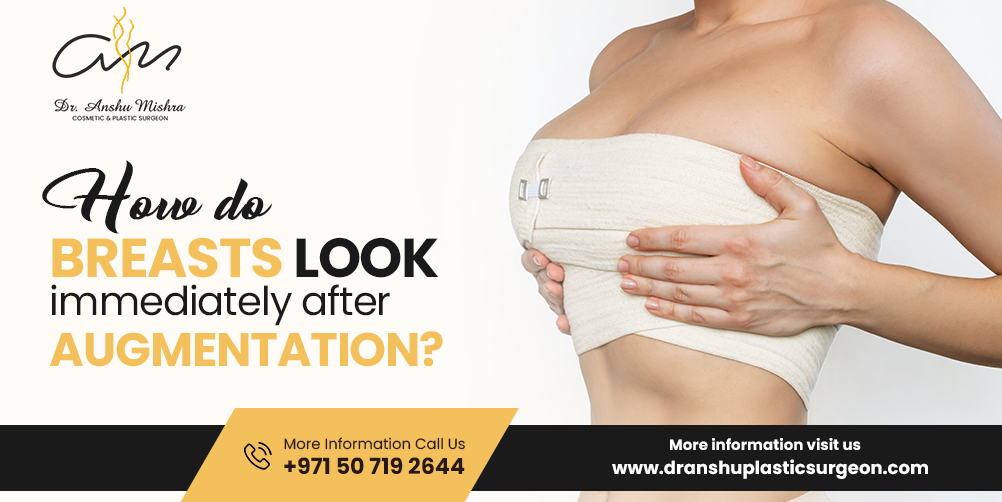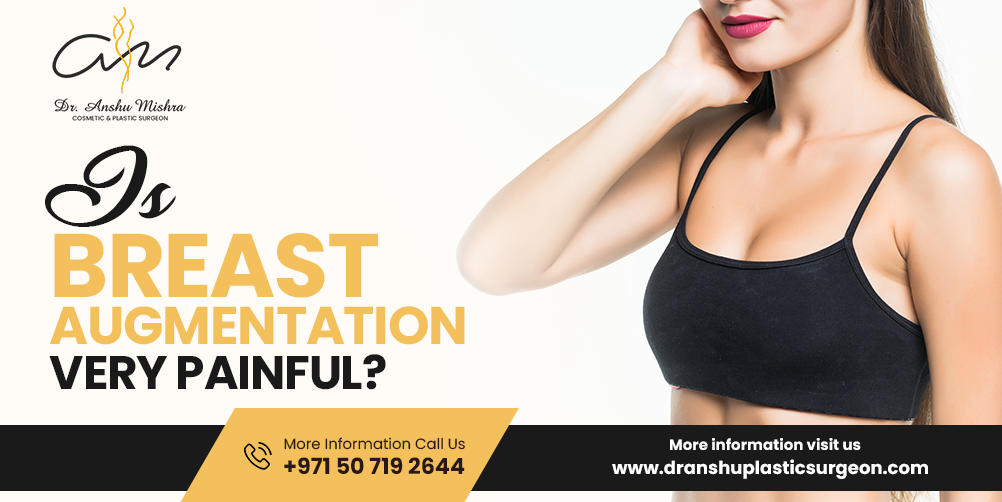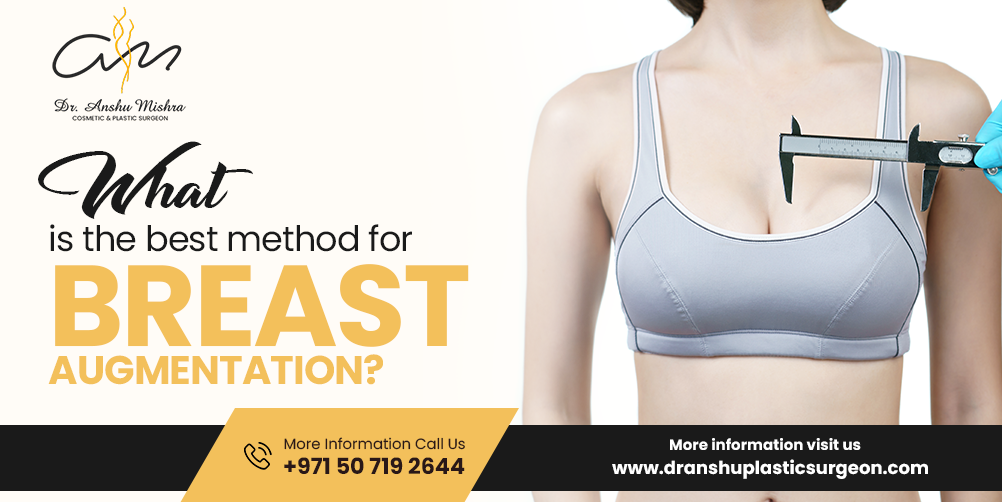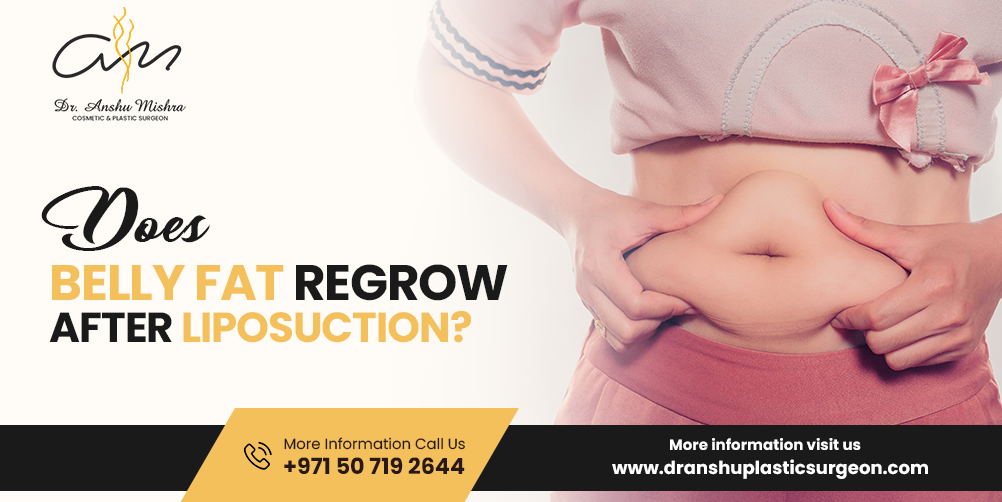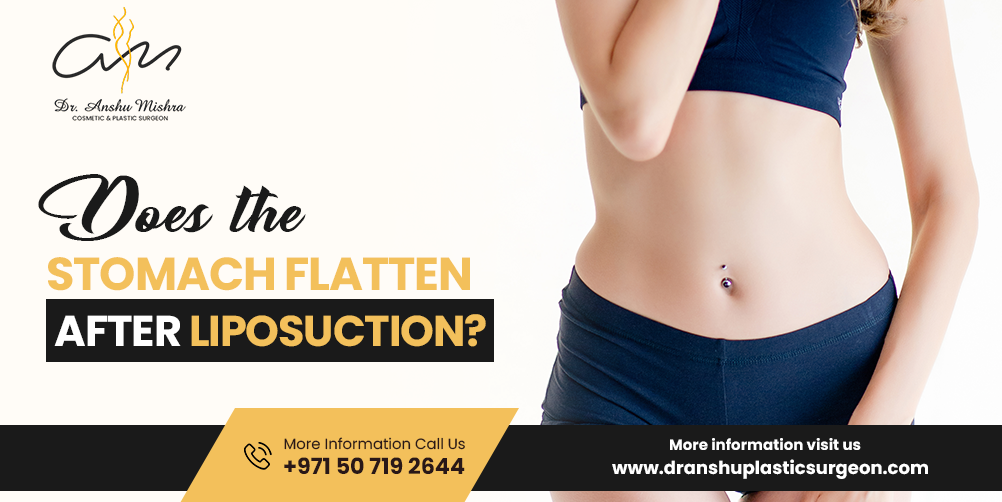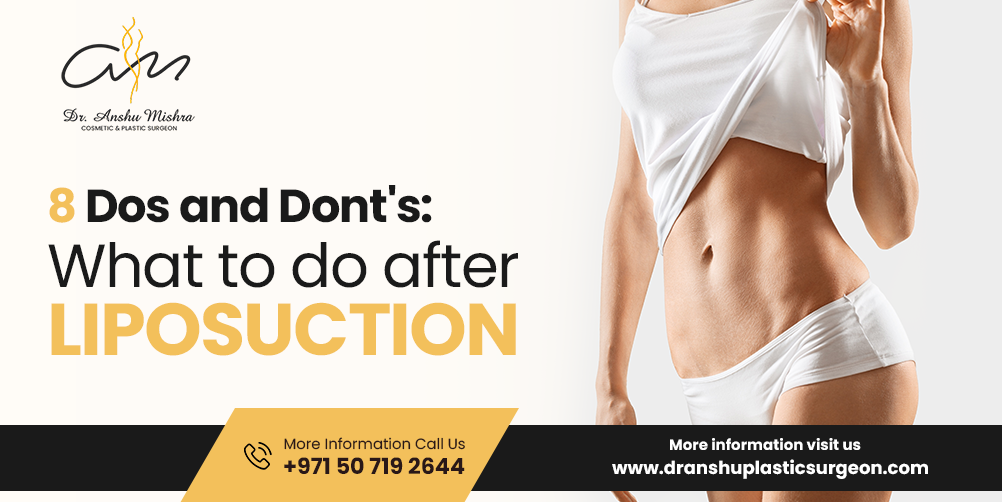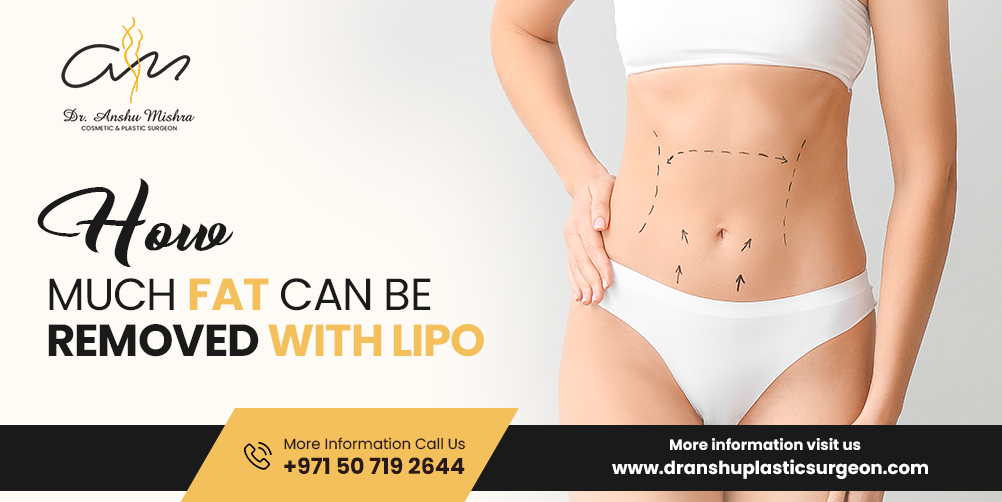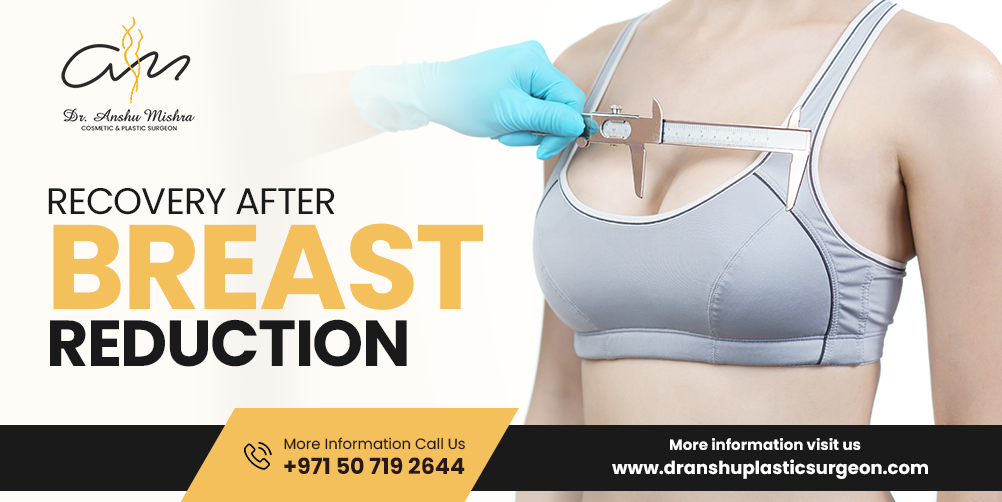You have just undergone breast augmentation or are planning to, and the biggest question on your mind is: How will my breasts look right after surgery? The excitement of achieving your desired look can sometimes be overshadowed by concerns about the immediate post-surgery appearance.
The truth is, breasts don’t instantly look the way you imagined. They may appear swollen or feel firmer. This stage is temporary, but it often catches women off guard. Understanding these initial changes can ease your mind and help you feel more confident during the recovery process.
In this blog, we will discuss what to expect immediately after breast augmentation surgery, why the breasts look the way they do post-surgery, and how they gradually settle into their final shape. If you’re worried about swelling, bruising, or unevenness, keep reading to know what’s normal and when to seek medical advice. For more consult best plastic surgeon in Dubai and discuss about breast augmentation in Dubai.
Table of Contents
ToggleImmediate Post-Surgery Appearance
When you wake up from surgery, you’ll find yourself in a surgical bra. This specialized bra is crucial for support and minimizing swelling. It’s not about aesthetics at this point; it’s about healing. You may also have dressings or bandages covering the incision sites. Additionally, you may experience:
Swelling and Firmness
Right after the surgery, the breasts appear swollen and feel quite firm. This is because the body reacts to the surgical procedure by sending fluid to the area, which causes temporary puffiness. The swelling may be more pronounced in the upper part of the breasts. The implants also take time to settle into their final position, making the breasts look higher on the chest than expected. Swelling is completely normal and gradually reduces over the next few weeks.
High and Tight Placement
In the initial days, the implants tend to sit higher than their final position. This happens because the muscles and tissues surrounding the implants are still adjusting. This is a temporary stage known as the “high-riding” phase. As the healing progresses, the implants gradually shift downward into a more natural position, a process commonly referred to as “drop and fluff.”
Stiffness and Pressure
Many women report feeling tightness and pressure on the chest immediately after surgery. This sensation is due to the expansion of tissues and muscles to accommodate the new implants. It can take several weeks for this feeling to subside as the muscles relax and adjust to the implants.
Incision Appearance
Depending on the type of incision made, you may notice redness, swelling, or bruising around the incision site. Common incision locations include under the breast crease (inframammary), around the areola (periareolar), or in the armpit (transaxillary). The scars may initially appear raised or dark, but with proper care, they fade over time.
Asymmetry and Uneven Shape
At first, one breast may appear different from the other. This is common as the healing process varies from one side to the other. While this might cause concern, it is usually temporary. Over the next few weeks, the breasts become more symmetrical as the swelling decreases and the implants settle.
Changes Over the First Few Weeks
During the first few weeks, your breasts will continue to change in appearance. This period is essential for the healing process and achieving the final results.
Reduction in Swelling
In the first week, the swelling will be at its peak. As the days go by, the body starts absorbing the excess fluid, and the breasts begin to take a more natural shape. By the end of the first month, a significant amount of swelling will have subsided, but some minor puffiness may persist for a few more months. Avoiding excessive salt intake can help reduce swelling.
Implants Settling into Place
The “drop and fluff” process occurs gradually. The implants start descending into their proper position as the surrounding muscles and tissues relax. Initially, they may look unnaturally high or too tight, but within a few months, they will settle into a more natural placement. Massaging techniques recommended by your surgeon can help.
Softening of Breast Tissue
Immediately after surgery, the breasts feel quite firm due to swelling and muscle tightness. Over the following weeks, the tissues begin to loosen up, making the breasts feel softer and more natural to the touch.
Reduction in Bruising
Bruising is common in the first few days and may appear around the incision site or across the breasts. This discoloration fades gradually, and by the third or fourth week, most bruises will have disappeared. Avoiding blood-thinning medications before surgery can prevent excessive bruising.
Nipple Sensitivity Changes
Some women experience increased or decreased nipple sensitivity in the initial weeks after surgery. This happens due to nerve irritation or stretching of the skin. Sensation typically returns to normal within a few months. Gentle massages can help stimulate nerve healing.
Patience is vital during this phase. Don’t get discouraged if you don’t see your final results immediately. Full healing and implant settling take time.
Long-Term Results and Final Shape
Breasts go through a significant transformation in the months following augmentation. The healing process is gradual, and most women can expect to see their final results by the six-month mark. The implants will have settled into their permanent position, the swelling will have subsided completely, and the breast tissue will feel more natural.
Scars from the incisions also fade with time. Proper scar care, including the use of silicone gels or creams recommended by your surgeon, can further improve their appearance.
The Emotional Side: It’s Okay to Feel All the Feels
The initial period after breast augmentation can be emotionally challenging. You might experience a mix of excitement, anxiety, or even a sense of being overwhelmed. These feelings are perfectly normal. You’ve undergone a significant change, and emotional adjustment takes time.
It’s also important to have realistic expectations about the healing process. Avoid comparing yourself to images online or to other women’s experiences. Every individual’s body is unique, and healing occurs at different rates.
Focus on the positive aspects of your decision and be kind to yourself. The desired results will emerge, but it requires patience. If you feel overwhelmed or anxious, don’t hesitate to speak with your surgeon, a counselor, or a trusted friend or family member. They can provide valuable support and guidance.
Tips for a Smooth Recovery
To ensure proper healing and achieve the best possible results, follow these guidelines:
Follow Your Surgeon’s Instructions
Always adhere to the post-operative care guidelines provided by your surgeon. Proactively manage pain with prescribed medication, over-the-counter options (with surgeon approval), ice packs, and arnica.
Wear a Supportive Bra
A surgical or sports bra helps support the implants and reduces swelling. Your surgeon will advise when to transition to a regular supportive bra.
Activity Restrictions
Gradually return to activity. Start with light walking and progress slowly. Avoid heavy lifting, pushing, pulling, or bouncy activities too soon.
Hydration & Nutrition
Focus on nutrient-rich foods: lean protein, fruits, vegetables, and whole grains. Stay well-hydrated. Your surgeon may recommend limiting caffeine and alcohol initially.
Sleep Position
Sleep on your back with your upper body elevated for several weeks. Use pillows to create a comfortable incline. This minimizes swelling and pressure on the breasts.
Wound Care
Keep incisions clean and dry. Follow the surgeon’s instructions on cleansers and dressings. Monitor for signs of infection: increased redness, swelling, drainage, or fever.
Follow-up Appointments
Attend all scheduled follow-ups. These are essential for monitoring your healing, addressing concerns, and ensuring optimal results.
When to Contact Your Surgeon
While some discomfort and changes in appearance are normal after breast augmentation, certain signs may indicate complications. Contact your surgeon if you experience:
- Severe pain that does not improve with prescribed medication
- Excessive swelling or bruising that worsens over time
- Signs of infection, such as fever, redness, or unusual discharge from the incision
- Sudden changes in breast size or shape
- Persistent numbness or extreme sensitivity in the nipples or breasts
Choosing Your Surgeon
The success of your breast augmentation significantly depends on your surgeon’s skill and experience. Selecting a qualified and experienced surgeon is the most crucial step in the process.
Seek a board-certified surgeon with extensive experience in breast augmentation. Don’t hesitate to inquire about their training, experience, and the number of breast augmentation procedures they have performed.
It’s equally important to choose a surgeon with whom you feel comfortable. You should feel confident in their expertise and trust their judgment. A good surgeon will dedicate time to answering your questions and thoroughly explaining the procedure.
Conclusion
Breast augmentation is a journey that requires patience as your body adjusts to the implants. The immediate post-surgery appearance is temporary, with swelling, tightness, and high implant placement being common. Over the following weeks and months, the implants settle, the swelling subsides, and the breasts take on a softer, more natural look.
If you are considering breast augmentation or have recently undergone the procedure, it is essential to be aware of these changes and trust the healing process. Every woman’s body responds differently, but with proper care and guidance from an experienced surgeon, the results can be highly satisfying.
For expert advice and breast augmentation consultations, Dr. Anshu Mishra offers professional care with a focus on safety and natural-looking results. If you are planning a breast augmentation procedure, reach out to Dr. Anshu Mishra for a consultation and expert guidance on achieving your aesthetic goals.


